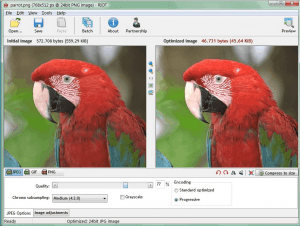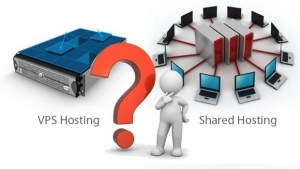Image Optimisation

Backups become very large and can time-out, and restoring the website from a backup is a drama too.
So what should you be doing?
Image Resizing
First of all, you should resize all images, and I usually recommend making the longest side around 1024px.
Why 1024px and not 1000px or 1100px? Well that’s just me and a hangover from the early days.
1024 bytes = 1kb, 1024kb = 1MB and so on.
So you can use whatever size you like, but around that pixel number is fine.
That will make the image large enough to show details without being overly big.
Of course, you may well have a requirement for larger images, say those for a full width Slider, so you would resize them accordingly.
Image Optimisation
In addition to resizing your images, you also need to optimise them for web use.
I use Photoshop for this task, but many if not most people do not have access to Photoshop.
Optimising your images reduces their physical size.
So for example, you might have an image that is a couple of Megabytes in size, and optimising it will reduce it to several hundred kilobytes instead, without a visible reduction in quality.
There are many tools available, but I’ve just stumbled across a free tool called RIOT (Radical Image Optimisation Tool).
What is RIOT?
RIOT is short for Radical Image Optimisation Tool, and it is a free Image Optimiser that allows you to adjust compression parameters “visually” and allowing you to monitor the file size whilst doing it.

You can control the compression level, the number of colours, metadata and more, and you can select the image output file formats to .JPG, .GIF or .PNG.
RIOT can also be integrated as plug-in in programs like The GIMP, IrfanView and XnView.



 It’s been a tough couple of weeks for my customers on Shared Hosting, with Server issues and a percentage of downtime that I just wasn’t comfortable with. Not the ideal situation for a Website Owner. So this has prompted me to write this Blog Post.
It’s been a tough couple of weeks for my customers on Shared Hosting, with Server issues and a percentage of downtime that I just wasn’t comfortable with. Not the ideal situation for a Website Owner. So this has prompted me to write this Blog Post. At some stage in the hosting life cycle for Mission Critical websites, a time comes where a site owner can no longer accept the occasional ups and downs of a Shared Hosting platform. A fast, reliable and robust Hosting solution is required.
At some stage in the hosting life cycle for Mission Critical websites, a time comes where a site owner can no longer accept the occasional ups and downs of a Shared Hosting platform. A fast, reliable and robust Hosting solution is required.